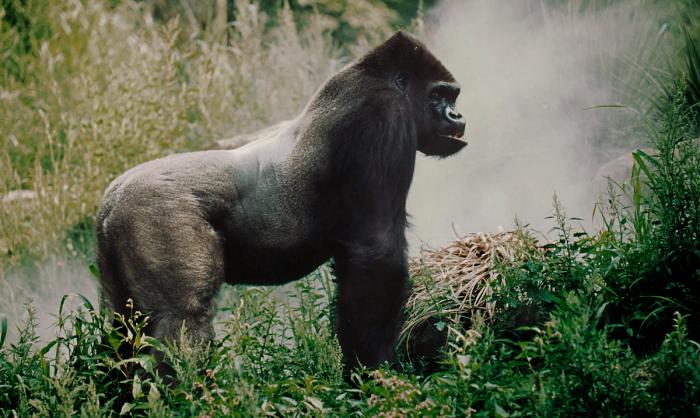
"According to the conservation organization IUCN (International Union for the Conservation of Nature), the eastern gorilla (Gorilla beringei) is critically endangered. In the Democratic Republic of the Congo, Rwanda and Uganda, the species is declining rapidly. In the 1990s, there was a wild population of approximately 17,000 adult individuals, but now the number is below 8.000. The accelerated decline poses a higher risk of the species becoming extinct in the wild. Some studies show an annual decline of approx. 5 %. If these numbers apply to all the wild eastern gorillas, and at the same time no conservation work is done, the species will be extinct in 20 years. The observed decline is around 1.4 % annually over the past 30 years. Realistically, we risk losing the species by the year 2070. However, it depends on the scale and intensity of the threats."
"The biggest threats to the eastern gorillas are mining, which is destroying the species' habitat, and illegal hunting for bushmeat. Thanks to species conservation initiatives for the mountain gorilla (Gorilla beringei beringei), it has been possible to stop and reverse the trend of these one of two subspecies of the eastern gorilla, although the population is still fragile. Hopefully, we will see a similar positive effort and effect for the entire species so that a date for extinction is not even considered."
"The key to reducing and eliminating these threats lies in collaboration between different stakeholders. In countries with political instability and socio-economic challenges, it is necessary to work with local communities and other stakeholders to find a balance between, for example, mining and nature conservation and create lasting solutions with local anchoring. In this way, we hope to achieve coexistence between humans and gorillas."
Christina Hvilsom, Ph.D., Copenhagen Zoo